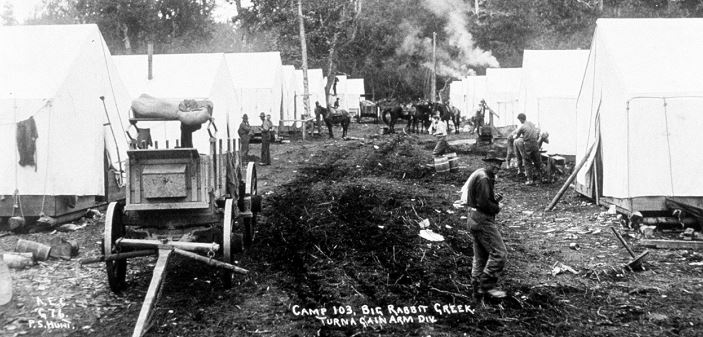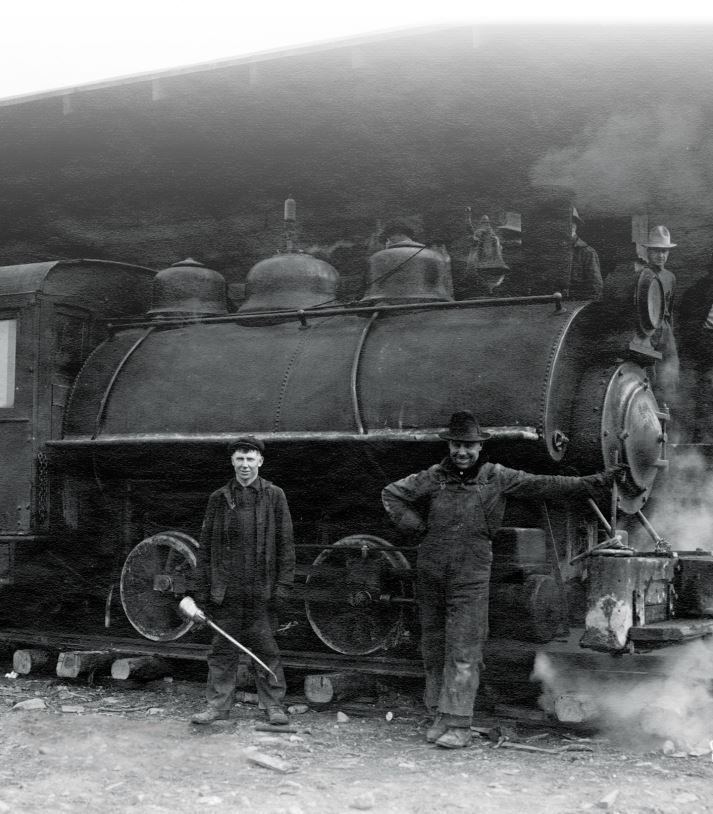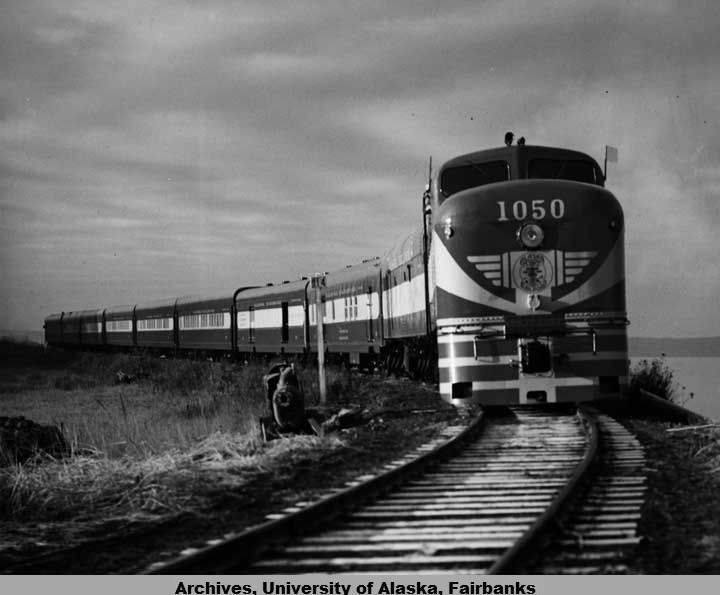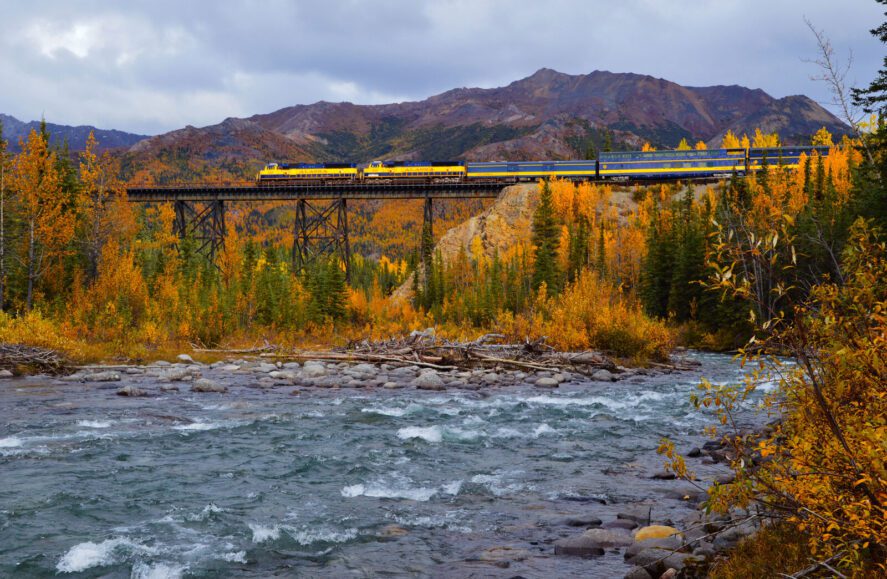One hundred years ago in 1923, President Warren G. Harding arrived in Nenana, about 60 miles south of Fairbanks in the heart of Alaska’s Interior, to drive the ceremonial golden spike into the last connecting stretch of new railroad track. Thus commemorated the official end of construction of the Alaska Railroad system and ushered in the beginning of further modernization of transportation and freight commerce in the still-very-wild Last Frontier.

Despite the pomp and circumstance surrounding this dramatic moment in Alaska history, the long path to that historic moment was far from as glamourous. Imagine the grit, toughness, engineering and ingenuity it took to clear a train route and install railroad tracks in the wilderness of Alaska. This tortuous work occurred in all seasons, across some of Alaska’s largest mountain ranges and densest forests, across earthquake fault lines and avalanche zones, and in altitudes ranging from sea level to high mountain passes. This was breath-taking and back-breaking work.

Source: Alaska Railroad Historic Timeline, Alaskarailroad.com
The completion of the Alaska Railroad was actually a continuation of an earlier train route in Alaska stretching from Seward and 50 miles northward known as the Alaska Central Railway which had been finished 20 years earlier in 1904. That rail service along with another, the Alaska Northern Railway went bankrupt and another decade would pass before the seeds of the Alaska Railroad would take root. In 1914, President Woodrow Wilson created the Alaska Engineering Commission to identify the best route from an ice-free harbor in the south to the rivers of the Interior in the north, usable for military and government purposes. And by April 1915, President Wilson chose the roughly 500-mile route from Seward to Fairbanks, with Congress funding the eight-year construction project.

Source: Alaska Railroad Historic Timeline, Alaskarailroad.com
While the 100-year legacy of the Alaska Railroad and its “only in Alaska” scenery might seem impressive today, the railroad didn’t, in fact, deliver a profit for its first 15 years. Passenger traffic, freight and profits really took off during World War II when the railroad added a line into a second port and strategic military hub, Whittier. Adding this strategic supply route required trenching massive tunnels through two mountains. Whittier would later serve as an easy access point for car-barge and train-ship services. Train service hit another big-time business boom in the 1970s, when the Alaska Railroad helped support the construction of the Trans Alaska Pipeline, moving massive pipe, materials, and manpower.
In the late 1940s, railroad leadership also started turning its attention to improving passenger service. Initially, the Aurora Train would bring locals and visiting passengers between Anchorage and Fairbanks. Forty years later, a more formal partnership with the cruise industry transitioned the railroad system into a major travel and tourism draw. Whittier, for example, linked cruise passengers to rail service as well as being a mecca for eager fishermen. Girdwood/Alyeska Resort and Talkeetna were also added as railroad stops. And in 1988, a Denali National Park depot opened on the Alaska Railroad, a true gamechanger for Alaska visitors and Alaskan adventurers and for Alaska tourism and driving a significant increase in passenger traffic.

In more recent times, the Alaska Railroad has struck a healthy balance between freight operations and tourism-oriented passenger service. Working with tourism giants and local outfitters, the railroad provides all-star passenger service catering to both Alaskans and Alaska visitors to popular destinations and quirky whistle stops, with million-dollar views and running themed party trains that draw year-round riders. Meanwhile the backbone of its business and lineage, moving freight and people across the state, continues as it always has – chug, chug, chugging along.

Ride the Alaska Railroad to Denali National Park (Roger Bath)
